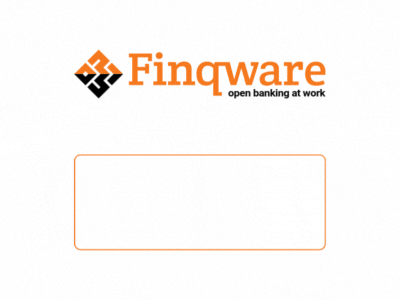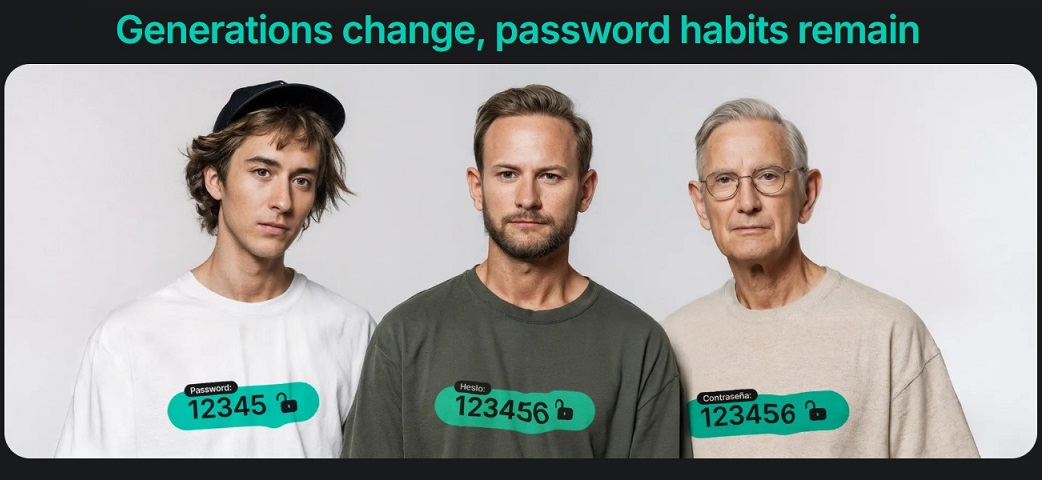EY report: „Consumer FinTech reaches a tipping point. (…) Fintech has become globally mainstream.”

Financial technology or “FinTech” has seen remarkable growth over the past few years. What was once considered a complex way of managing finance is now used by millions of people globally, due to to the rise of online banking and mobile-first platforms.
This year, in the EY third biennial FinTech adoption trends survey, 96% of the 27,000 consumers surveyed (across 27 global markets) reported they were at least aware of a FinTech transfer or payments service – and 75% had used one. The survey also identified growth in the SME market across the key categories of banking and payments, financial management, financing, and insurance.
With such growing adoption comes growing influence – maturing FinTech challengers are now not only winning business of their own, but actively driving legacy and non-financial organizations to develop their own FinTech products and services. Although some challenges have yet to be overcome, it seems that growth in the FinTech space steadily continues.
EY third FinTech Adoption Index has uncovered eight key insights into the growth of FinTech among global consumers.
1) FinTech has become globally mainstream
Penetration – 64% of global consumers have adopted FinTech.
With global FinTech adoption reaching 64%, FinTech is clearly becoming mainstream in all surveyed markets (Figure 1). When compared with adoption rates across previous surveys in 2015 and 2017, this figure represents a consistent growth curve over the last five years. In the six markets surveyed in this period, adoption rates rose from 16% in 2015, to 31% in 2017, to 60% in 2019 – an increase of almost 100% every two years.
2) Consumer awareness is at an all-time high
Awareness – 96% of consumers have heard of FinTech money transfer and payment services.
Only 4% of global consumers reported they were unaware of FinTech money transfer and payment services. In some markets, the figure was even lower: in both India and Russia, just 0.5% of respondents said they were unaware of such services.
Strikingly, this level of awareness was not the same across all service categories. For example, 29% of respondents were unaware of budgeting and financial planning services. Though awareness of the sector as a whole remains high.
3) FinTechs now commonly used by consumers, with China leading
Establishing FinTech – 75% of consumers have used a FinTech money transfer or payments service.
With FinTech services now being commonly used by consumers globally, it’s clear that FinTechs have become recognized financial services providers. The most used services were in money transfer and payments, with around three-quarters of consumers having used a service in this category. Usage was particularly prevalent in China, with the rate at 95%. Other frequently used services included savings and investments, budgeting and financial planning, insurance, and borrowing services.
The figures indicate there is still room to grow within particular segments. For example, adoption of savings and investment services is at only 27% among women, versus 40% among men.
4) Consolidated platforms have the edge
One-stop shops – 60% of consumers prefer to access services through a single platform.
It appears consumers want to get to their financial tools through a single app or online portal, with 60% of adopters indicating this was their preference. However, a tech-first approach is not always favored by consumers – when it comes to customer service only 27% of FinTech adopters globally said they would prefer to talk to their bank via social media than the more traditional channel of face-to-face exchange.
So, while FinTechs are powering and driving adoption of centralizing platforms and marketplaces through tech, they can benefit from partnerships with, and acquisitions by, banks, who in turn benefit from in-house development. And in both collaborating, a better customer experience is delivered.
5) Cost remains the most important consideration
Competitive advantage – 27% of consumers say competitive rates are their top priority.
Historically, the main allure for adopters was the comparative ease of setting up a FinTech account. In 2017, for example, just 13% said that attractive rates were a priority while 30% awarded more importance to being able to easily set up an account.
According to this year’s figures, priorities have now changed. Whereas 20% say that ease of setting up an account is more important, 27% are more concerned with fees and rates – which is broadly suggestive that FinTech is now a mature market where lower costs and a frictionless customer experience are expected as standard.
6) Trust in incumbents is high
Incumbent advantage – 33% would consider a new financial organization when considering a new service.
Consumers still trust their main banks or insurers: in 2019, 22% of non-adopters revealed that their decision to remain with their traditional financial provider was due to trusting it more than FinTechs.
Slow adoption may not be down to lack of trust entirely – it could simply be typical of any innovation adoption cycle. As discussed in our 2017 Index, the adoption cycle, or what is known as “Rogers’ Curve of Innovation,” spreads across five ordered groups within a population:
. Brave pioneers – individuals who seek out the newest ideas
. Early adopters – individuals who act as opinion leaders to the wider population
. Early majority – individuals who accept change more quickly than the average
. Late majority – individuals who are more skeptical than the average, but are willing to use an innovation if many have adopted it
. Laggards – individuals who are reluctant to give up traditional ways until absolutely necessary
7) Non-financial players are on the rise
Looking for alternatives – 68% are willing to consider a financial proposition by a non-financial company.
Once upon a time, the FinTech market was solely occupied by incumbents and challengers. Nowadays both compete against non-financial service organizations such as retailers and technology platforms. According to the survey, 68% of consumers are willing to consider a financial services product offered by a non-financial services company.
Notably, they’re most open to retailers (45%) and telecommunication firms (44%) as service providers, and most willing to use money and transfer payment FinTech services such as digital-only banking and multimerchant eWallets. This may be down to the fact that non-financial players like retailers have not only made technological transformations, but can provide a seamless customer experience, building on prior relationships to offer holistic solutions. From a customer’s perspective, why not bank where you shop – especially if both are online?
8) FinTech adopters are more willing to share data
Data sharing – 48% of adopters are willing to share bank data.
Among FinTech adopters, 48% are willing to share their bank data with other organizations in exchange for better offers. With FinTech solutions depending on the easy portability of data, providers will view such receptivity as positive.
Additionally, 46% of adopters indicated they would be happy to share data if it means accessing better deals from their service provider. 38% of adopters said they would be willing to share data with other traditional financial institutions, 31% would share with FinTech challengers, and just 23% would share with non-financial services companies. The sentiments differ somewhat from market to market. Chinese consumers, for example, are more willing to share data with FinTech challengers than they are with other financial companies.
Dariusz Mazurkiewicz – CEO at BLIK Polish Payment Standard
Banking 4.0 – „how was the experience for you”
„To be honest I think that Sinaia, your conference, is much better then Davos.”
Many more interesting quotes in the video below:














